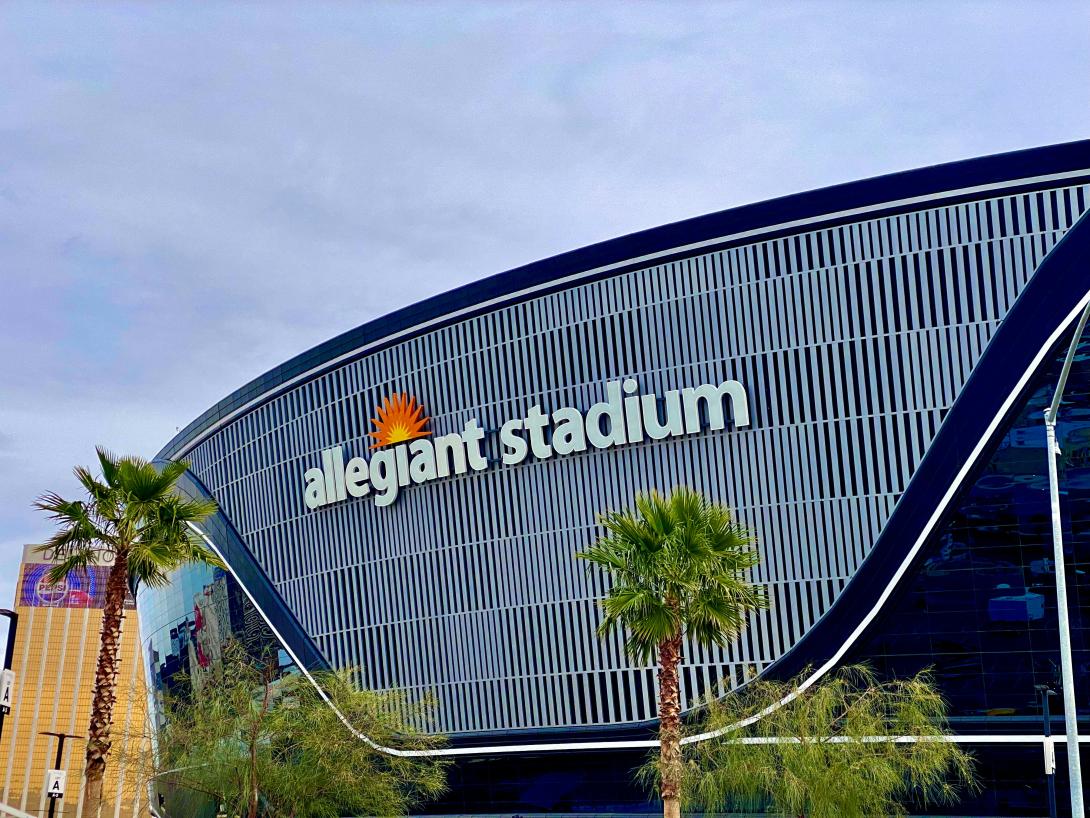Accessibility Falls Short at Super Bowl LVIII: CBS and NFL’s Deaf Community Bait and Switch
Was Deaf representation at the 2024 Super Bowl an authentic moment of representation and accessibility? Or is Super Bowl LVIII only the latest disappointment in a series of bait-and-switches for the Deaf community?
By Maggie May
16 February, 2024

Super Bowl broadcaster CBS left Deaf football fans feeling cheated when it cut much-anticipated ASL performances from the 2024 live program. It’s the latest disappointment since the Super Bowl’s first ASL features in 1992. So much is promised to the Deaf community, only for broadcasters and the NFL to fumble the ball.
The NFL and the National Association of the Deaf (NAD), Super Bowl programming partners since 2010, worked with CBS to choose Deaf and hard-of-hearing interpreters for this year’s game. Super Bowl LVIII promised stellar performances from three Deaf celebrity interpreters: Anjel Piñero, Daniel Durant, and Shaheem Sanchez would perform alongside music industry giants Reba McEntire, Andrea Day, Post Malone, and Usher.
Many members of the Deaf community took these announcements with a grain of salt. The Super Bowl has long been a place for big promises that fall short after the coin toss.
2024, unfortunately, was yet another year for personal fouls and false starts. CBS’s main broadcast showed only a fraction of the ASL performances. Featured interpreters appeared for mere seconds of each musical performance, and not at all during the halftime show.
Screen time was not the only issue with CBS’s gametime strategy. Like other broadcasters, CBS offered an ASL-focused Super Bowl live stream. However, CBS initially posted a link on X that did not take viewers to a landing page. Deaf viewers who did access the stream experienced significant lag between the live show and the ASL camera feeds.
Many Deaf viewers raised the question online: was Deaf representation at the 2024 Super Bowl an authentic moment of representation and accessibility? Or is Super Bowl LVIII only the latest disappointment in a series of bait-and-switches for the Deaf community?
The Super Bowl’s ASL record is less than stellar. The Super Bowl first broadcast a Deaf performer during the National Anthem in 1992. Since then, ASL performers appear on screen for an average of 8% of the song, according to Axios. Total screen time? 7 seconds or less.
During Super Bowl LIV, Fox Sports also dropped the ball by showing only 3 seconds of artist Christine Sun Kim’s sign language performance in the main broadcast. Fox’s ASL “bonus feed” cut away from Kim to instead show musicians and football players during pivotal moments in the song.
In a New York Times op-ed published shortly after, Kim called Fox Sports’ broadcast “a huge disappointment” and “a missed opportunity in the struggle for media inclusiveness on a large scale.”
As Kim pointed out, “Why have a sign language performance that is not accessible to anyone who would like to see it? It’s 2020: We’ve had the technology to do so for decades.”
Two techniques that allow networks to show ASL interpreters in real time are chroma key and picture-in-picture (PiP), invented respectively in 1940 and 1983. These techniques are often used for broadcasts like interviews, political announcements, and televised court cases, but it’s not like this is brand new technology.
When these options are widely available, why do broadcasters choose not to use them during events as high-profile as the Super Bowl? This choice alienates the 48 million people in the United States who are Deaf or hard of hearing, not to mention sports fans abroad.
Broadcasters and television networks have a responsibility to provide access for their Deaf and hard-of-hearing viewers. The Super Bowl makes all the right signals about living up to that responsibility, but then fails to move the ball forward. No wonder Deaf viewers are calling foul.
Refusing to broadcast Deaf ASL performers—or worse, using them as an advertising tool to attract Deaf viewers—only perpetuates the stigma and systemic barriers the Deaf community continues to face today.
The NFL signaled their intention, then didn’t follow through. It’s not enough to just have good intentions; organizations like NFL and CBS must execute their plans for accessibility. When attempts to reach a community are not working year after year, it’s critical to adapt and improve.
The most effective way to meet the accessibility needs of a community is to listen to members of that community, especially to what they’ve been trying to tell us all along.
To share your support of Deaf and hard of hearing inclusion in high-profile events like the Super Bowl, consider writing to organizers and broadcasters. Visit the NFL’s Accessibility Contacts page for ways to contact NFL teams and stadiums and share your thoughts about the 2024 Super Bowl through CBS’s Show Feedback form.
Maggie May (they/she) is a writer for Ability Central, a foundation based in Oakland, California that expands communication and information access for individuals who are Deaf, disabled, and neurodivergent. Since 2010, Ability Central has funded 200+ projects, serving more than half a million people with disabilities.